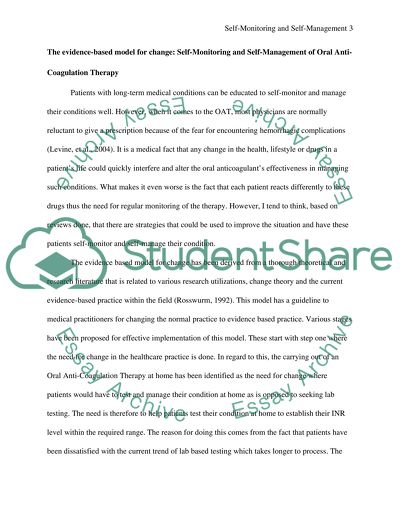Cite this document
(“Self-monitoring and self-management of oral anti-coagulation therapy Essay”, n.d.)
Self-monitoring and self-management of oral anti-coagulation therapy Essay. Retrieved from https://studentshare.org/nursing/1432278-self-monitoring-and-self-management-of-oral-anti-coagulation-therapy-practice
Self-monitoring and self-management of oral anti-coagulation therapy Essay. Retrieved from https://studentshare.org/nursing/1432278-self-monitoring-and-self-management-of-oral-anti-coagulation-therapy-practice
(Self-Monitoring and Self-Management of Oral Anti-Coagulation Therapy Essay)
Self-Monitoring and Self-Management of Oral Anti-Coagulation Therapy Essay. https://studentshare.org/nursing/1432278-self-monitoring-and-self-management-of-oral-anti-coagulation-therapy-practice.
Self-Monitoring and Self-Management of Oral Anti-Coagulation Therapy Essay. https://studentshare.org/nursing/1432278-self-monitoring-and-self-management-of-oral-anti-coagulation-therapy-practice.
“Self-Monitoring and Self-Management of Oral Anti-Coagulation Therapy Essay”, n.d. https://studentshare.org/nursing/1432278-self-monitoring-and-self-management-of-oral-anti-coagulation-therapy-practice.


